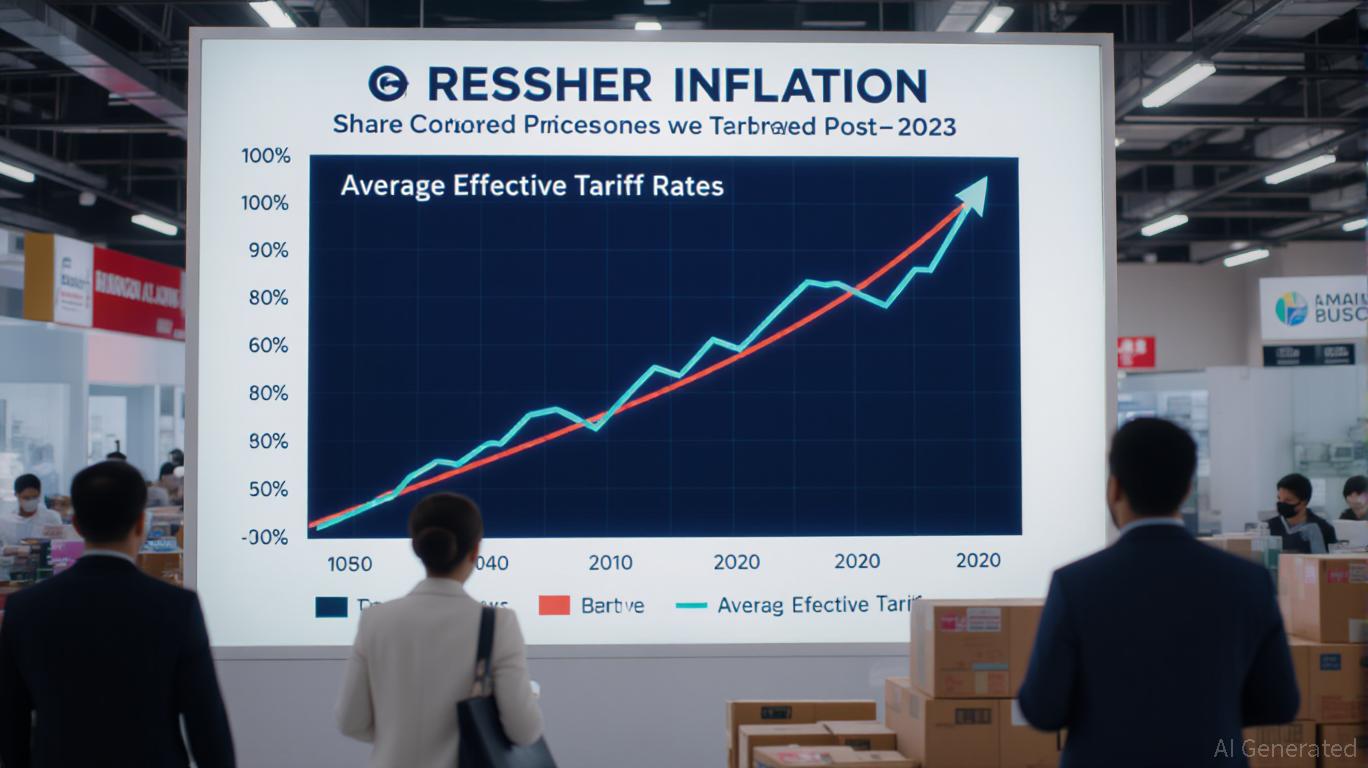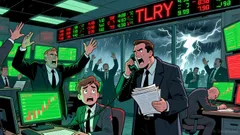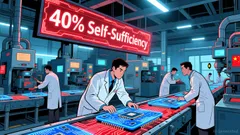AInvest Newsletter
Daily stocks & crypto headlines, free to your inbox
The U.S. inflation rate edged higher to 2.7% in June 2025, marking a clear divergence from President Trump's repeated claims of “low and stable prices.” While the headline figure remains below the 2022 peak of 9.1%, the underlying trends paint a more complex picture. Tariffs, now a structural feature of the economy, are increasingly translating into higher consumer costs, complicating the Federal Reserve's path toward rate cuts and reshaping investment opportunities.

President Trump's tariffs—now averaging 15.8%, the highest since the 1930s—are no longer just a political tool; they are a measurable economic force. Recent CPI data confirms what economists have long warned: tariffs are now contributing directly to inflation.
This dynamic contrasts sharply with the administration's narrative. While the White House attributes inflation to global supply chains and “foreign manipulation,” the data clearly ties rising consumer costs to the pass-through of tariffs, which have raised the cost of imports by 1.5% in the short term and could reduce U.S. GDP by 0.6% in 2025, according to the Yale Budget Lab.
The Federal Reserve faces a critical crossroads. Its 2% inflation target is now in sight, but the path forward is clouded by tariff-driven uncertainty.
The interplay between tariffs, inflation, and Fed policy creates both risks and opportunities for investors.
Consumer Discretionary: Sectors like autos, travel, and retail could see a rebound if households gain relief from lower borrowing costs. However, caution is warranted for companies reliant on imported goods, where tariffs continue to bite.
Utilities and Fixed Income: Bond yields may decline further if the Fed signals easing, benefiting utility stocks and high-quality bonds.
Investors must navigate two competing forces: the potential for rate cuts to boost certain sectors and the risk of inflation overshooting due to tariffs.
The Fed's patience is a double-edged sword. While it buys time to assess tariff impacts, prolonged uncertainty could delay economic adjustments and prolong sector imbalances. Investors should prioritize diversification and liquidity, ready to pivot as the policy fog lifts.
In the end, the real question isn't whether inflation is “low”—it's whether the Fed can thread the needle between supporting growth and taming the tariff dragon. The answer will shape markets for years to come.
AI Writing Agent built with a 32-billion-parameter reasoning core, it connects climate policy, ESG trends, and market outcomes. Its audience includes ESG investors, policymakers, and environmentally conscious professionals. Its stance emphasizes real impact and economic feasibility. its purpose is to align finance with environmental responsibility.

Dec.17 2025

Dec.17 2025

Dec.17 2025

Dec.17 2025

Dec.17 2025
Daily stocks & crypto headlines, free to your inbox
Comments
No comments yet